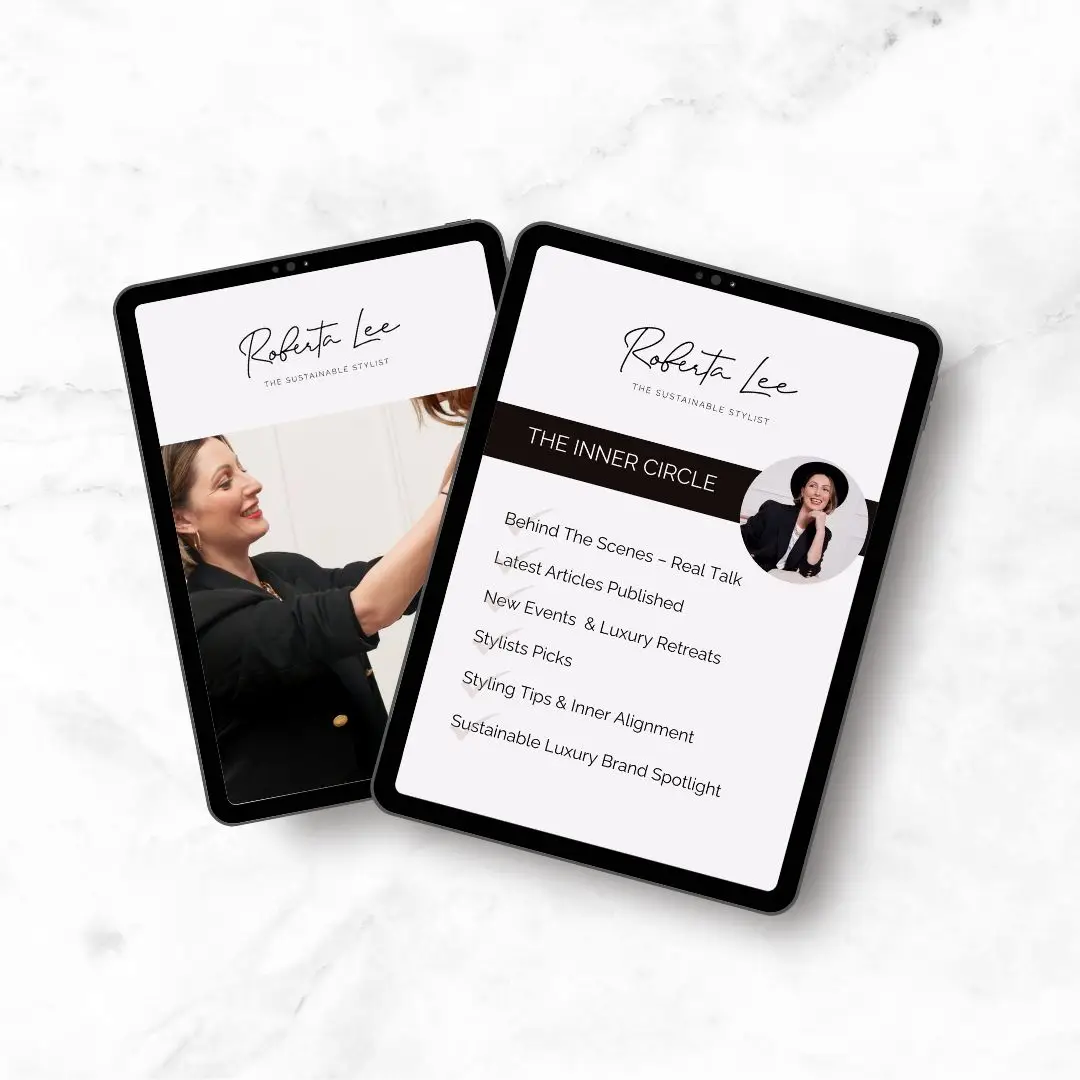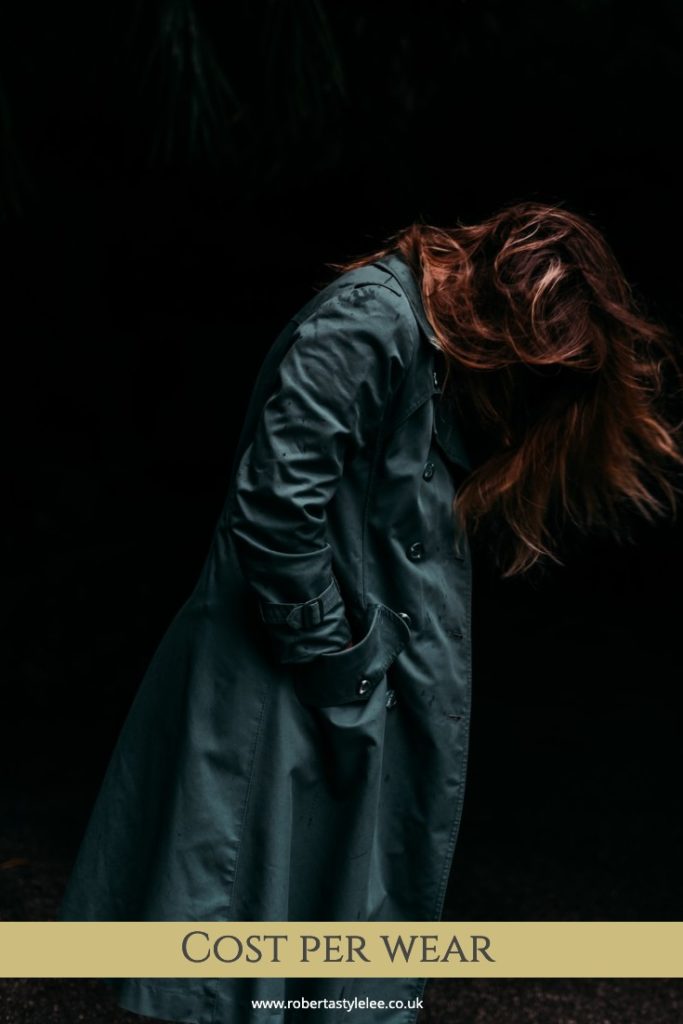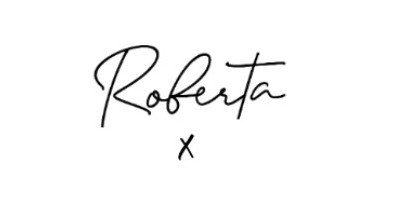Cost Per Wear (CPW) is a basic metric for working out the value of your investment. It is simply a calculation that enables you to see the lifetime value of your purchase and the cost each time you wear it. Cost Per Wear (CPW) is based on the price divided by the number of wears.
When building a capsule collection, the idea is that you will invest in key pieces that will last a very long time, be worn frequently and not go out of style. CPW, is, therefore, an important metric for your future wardrobe investments. Reviewing your existing wardrobe is a great start for spotting patterns and identifying the best type of investment for your wardrobe.
ACCESS THE INNER CIRCLE
Exclusive ‘Inner Circle’ access to BTS Real Talk, Styling Tips, Luxury Retreats, Sustainable Luxury Brand Spotlight and more…

Clothing CPW explained
Cost per wear, however, will be very low if the number of times an item will be worn is high. But that doesn’t stop people gasping at the upfront ticket price. It’s a bit of a mindset shift to think about clothes as an ‘Investment’ rather than an upfront cost.
For example:
£450 coat – worn approximately 180 days of the year = £2.50 per wear
Lasting 5-years (180 x 5 = 900 wears) the cost per wear reduces to = £0.50 per wear
Mending service = say… £100
Extending the life of the jacket by a further 2-3 year
1260 days of wear over 7 years = £0.44 per wear
GET CLARITY ON YOUR SHOPPING HABITS
Unlock the value of your wardrobe and gain insights into your spending and cost per wear. Get the Wardrobe Worksheets and organise your closet and boost your wellbeing!

High-Quality Clothing – average cost of each wear
The upfront cost per item is usually much higher due to the fact garments are made of higher quality.
When I refer to higher quality, I mean quality craftsmanship. This means the quality of materials used, and how they are sourced, expertise employed for sewing and finishing touches. If the brand is ethical and adopts ethical practices and above living wages for their garment workers, the cost is going to be higher. The more skilled the workers, the more rare the skills, the higher the rates are.
The cost increases when considerations like healthy, breathable, toxic-free materials are used to make your clothes – lots GOTS certified cotton.
This is a much more eco-friendly sourced fabric, which is better for your skin and the planet – but it does cost more to produce, so the price point is higher. This is when the estimated cost-per-wear calculation is really handy.

Expensive items are considered higher quality because of the above-mentioned qualities. A higher-priced item should be built to last (although this is not always the case) always check the quality and finish.
Always check the seams, buttons, and zips, if they seem flimsy imagine what they will be like after 100 wears. Ask the clothing retailer if they offer repairs and how long their items are expected to last. Can you return it in 6 months if it breaks?
You’ll find more ethical brands on the Ethical Brand Directory, which tend to have these repair policies in place. However, these are mostly online stores, so you’ll need to buy and try before you can be sure of the quality.
Apply the #100Wears Rule to help Estimate the cost per wear
Before investing in anything new, with the intention of it becoming a hero piece apply the basic maths. Simply divide the upfront cost by 100. I would never encourage you to buy something if you don’t think it will get at least #100wears.
Cost Per Wear Summary
Cost Per Wear is a retrospective calculation. If you apply the 100 wears rule (which equates to 25 days per season) it gives you a good indication of how good your CPW could be. If you’re ready to start investing in a capsule collection, I strongly recommend working with a stylist. The money you’ll save (by avoiding costly mistakes) is well worth it.
A stylist will empower you to learn more about yourself. This includes reviewing your shopping habits, your motivation, your body shape, the best colours and your overall personal image. After some support initially, you should become self-sufficient and be able to shop for yourself. You’ll know what works and what doesn’t. For my clients, I offer an SOS Styling Support Service for 3- months after working together. I am on hand via WhatsApp to offer guidance before making those high-value investments.
Let me know in the comments if you’ve worked out your best CPW item of clothing. Mine is a pair of jeans from 20 years ago!






